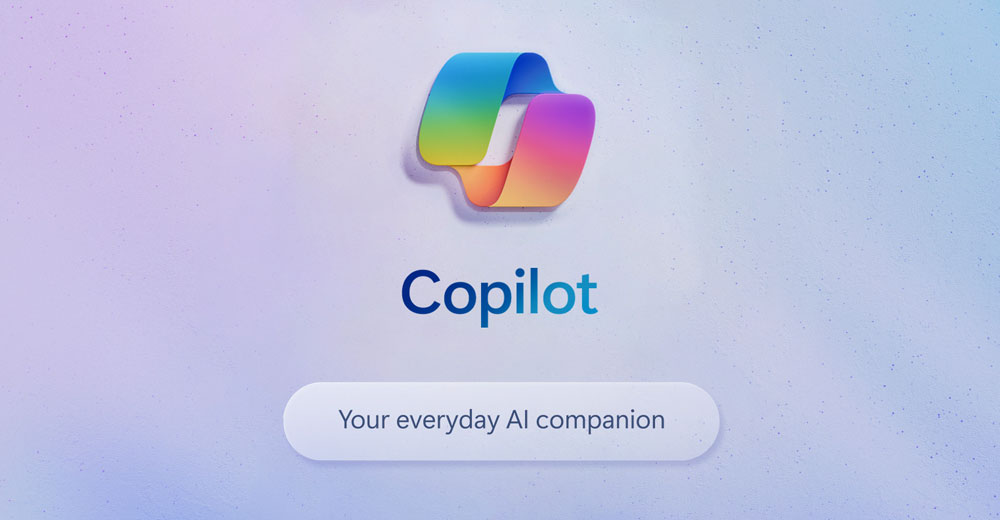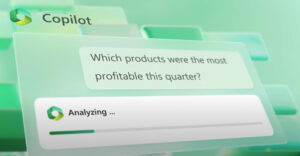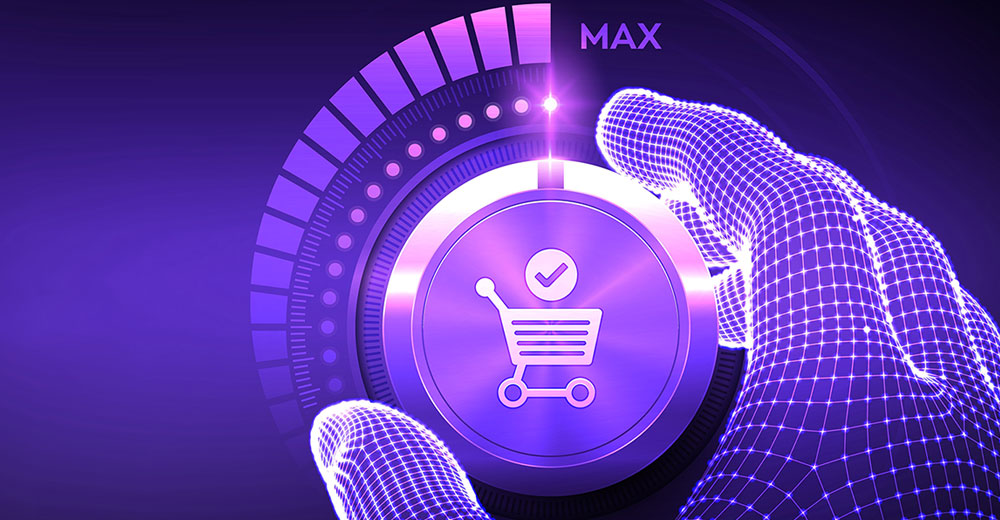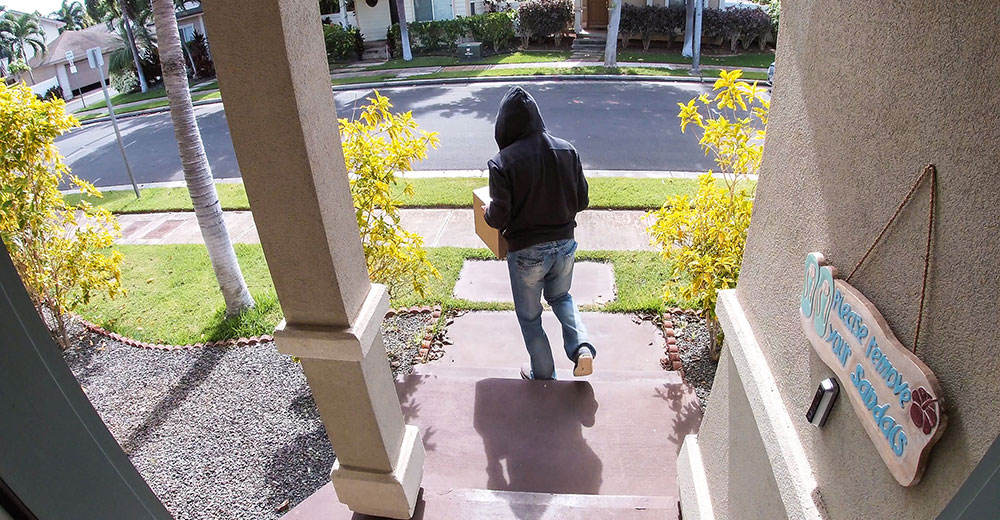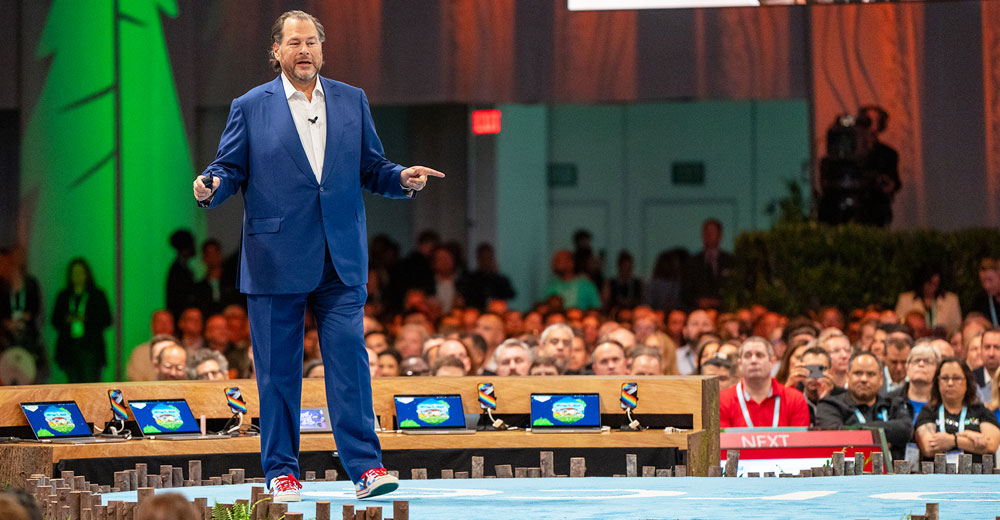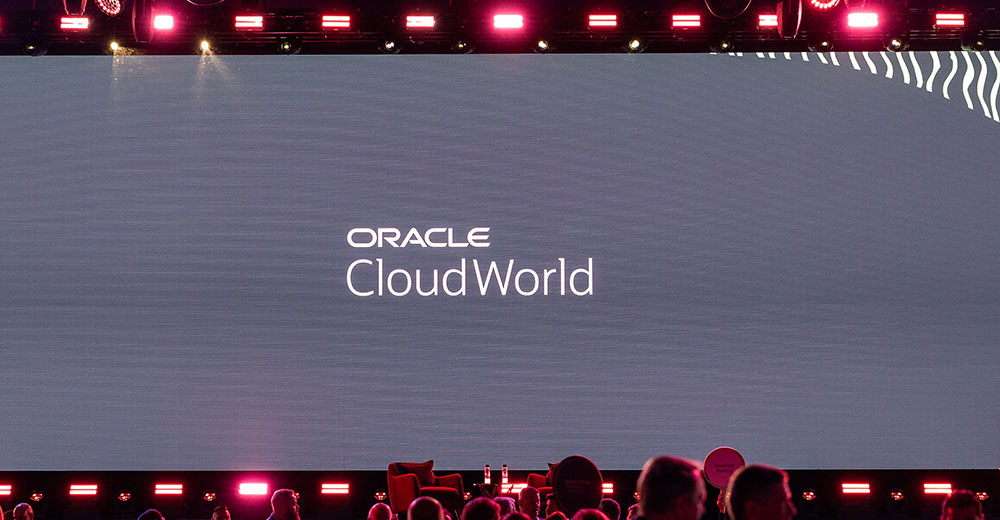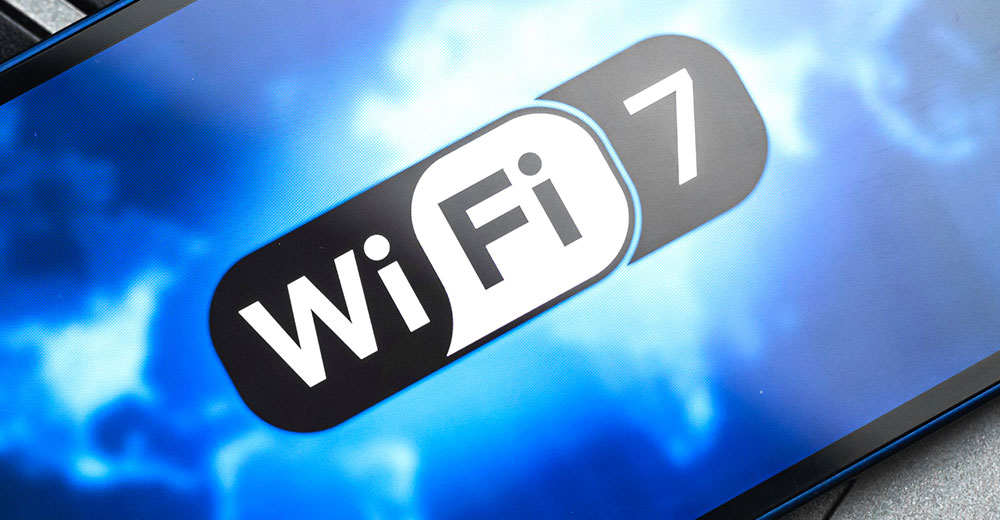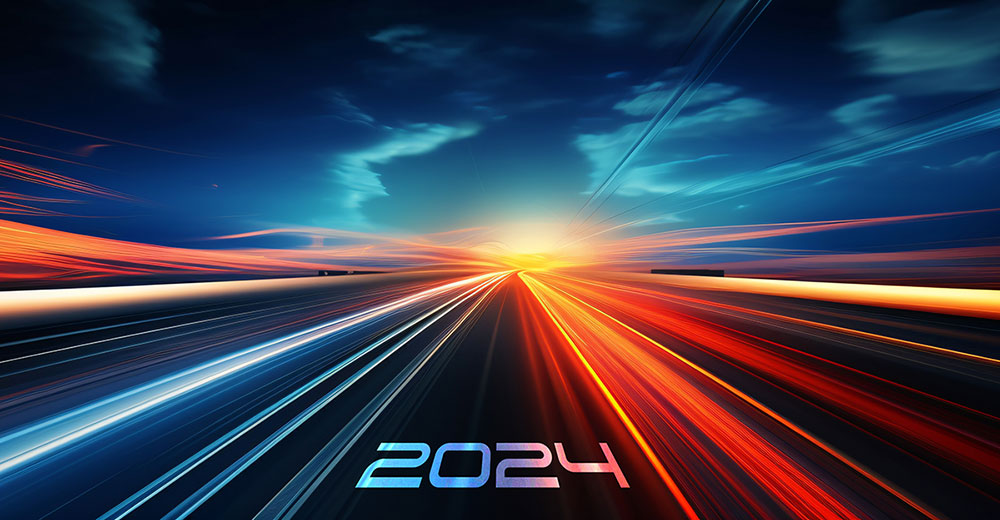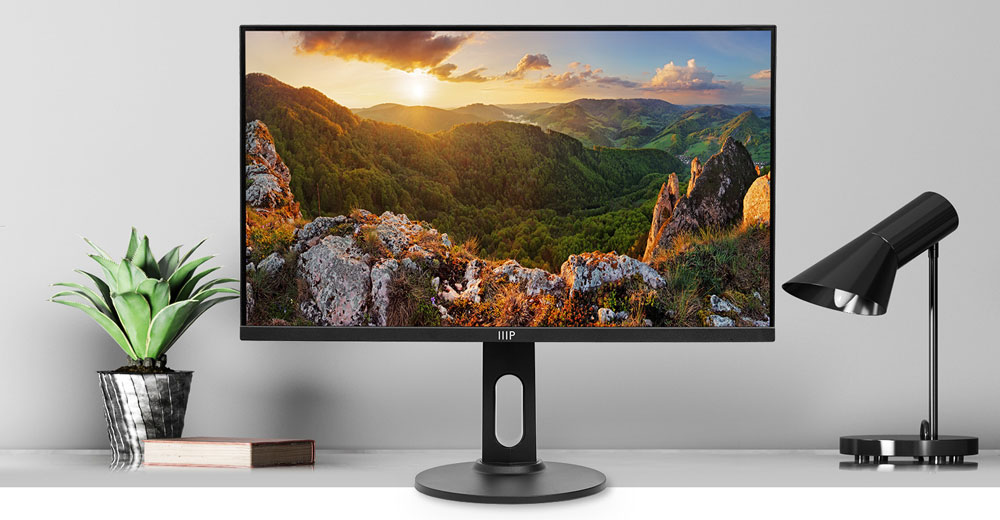I was at Microsoft Ignite last week for the AI and Copilot rollout on Azure and Windows.
As I watched the presentation, I was taken back in time to the 1990s launch of Microsoft Bob and that first attempt at creating a digital assistant called Clippy, neither of which met expectations back then. But now, Copilot will do far more than those two earlier offerings could even conceive of, and the power of the result, both inside and outside of Microsoft, is incredible.
Before the event, I met with a company called Reply, which specializes in getting companies ready for Copilot and setting up metrics so that they can confirm the benefits of the technology. Reply raved about how much more productive they and their clients were.
What is truly amazing is that the Copilot technology was still in its infancy only eight months ago. Last week, it went to general availability at top enterprises in medicine, farming, services, software, automotive, banking, and petrochemicals. Now, 70% of users indicate they don’t want to work without this capability.
In the 40 years I’ve been in this business, I’ve never seen this kind of technology ramp so fast from a beta product to what it is today. Let’s talk about that this week.
We’ll close with my Product of the Week, an electric SUV that I just ordered that I think is the best you’ll be able to buy before 2025: the Fisker Ocean. There are 62,000 orders right now, but since they only produce 2,000 a month, I’ve got a bit of a wait.
The Legacy of Bob and Clippy
What I find fascinating about Bob and Clippy is that Microsoft was way ahead of its time with both. It correctly determined that people wanted a computing experience where the computer did most of the work. Bob was an avatar-forward design that could, in theory, take commands in English and then do what you asked. Clippy was an assistant that sat on top of Windows to do the same thing without the avatar front-end.
What was both sad and funny about Bob was that, initially, it was meant to be used by people who were older and unable or unwilling to learn Windows. Sure enough, when surveyed, this group loved the product. But someone inside Microsoft tried positioning it as next-generation Windows, and people who used Windows hated it.
We didn’t yet have AI. Clippy and Bob were scripted, command-oriented offerings, which meant they set the expectation that you could chat with your computer. When they couldn’t meet that expectation, they failed.
The very nature of conversational AI is being able to do what Bob and Clippy wanted to do but could not, which is to allow you to direct the system as if you were talking to another person. Not only does this technology enable you to better converse with your computer, but it also learns how you work and can increasingly do your repetitive tasks, like responding to emails, setting up meetings, and even filling in for you during team meetings.
Fixing Steve Ballmer’s Problem
As I watched the presentation, I recalled a meeting with my old friend and former Microsoft CEO Steve Ballmer and how he struggled to prioritize customer requests. His issue was that he had a huge number of core customers, all national or multi-national companies, and he was overwhelmed with data that made him unable to use customer feedback to set priorities effectively.
Ballmer is one of the most brilliant people I’ve known, particularly when it came to statistical data, but the complexity of the problem was still beyond his capabilities.
At Ignite, Microsoft highlighted Copilot for Services, where an even larger amount of feedback from virtually every customer, not just the largest, could be correlated in real time. The result was a prioritized list based on user-defined criteria, resulting in a customer-validated action plan.
If Ballmer had been able to use Copilot, he would have been far more successful personally, and Microsoft’s products during his tenure would have been far more compelling.
Ballmer’s problem fell into a class considered impossible to solve before Copilot because the amount of data and the speed at which that data changed made conventional analysis methods non-viable.
Now, AI works at machine speeds. It can deliver answers in a small fraction of the time those conventional methods require, suggesting that executives who are performing marginally could use this technology to become superstars, and superstar CEOs (of which there are very few) could use this technology to become unbeatable.
It is a true game-changer.
Reply’s Copilot Beta Experience
As mentioned in the opening, I met with Reply the day before the conference began. Reply has been working with many customers who put the beta version of this product into production. About three weeks ago, an update broke the product. Deploying a beta product always carries a huge risk, as evidenced by this incident.
Now, you’d think folks would just say, okay, it’s in beta, and a patch will be out shortly. However, more than two-thirds of users indicated they couldn’t live without the product and had already become dependent on it. They wanted and needed a fix ASAP, and they got it. I don’t recall ever seeing this level of anguish for a break in a beta product.
Initial feedback suggests a productivity increase of between 10% and 30%.
What these stats don’t show is that this improvement is the result of Copilot doing repetitive and annoying administrative things that employees don’t enjoy doing, like responding to emails, taking notes at meetings, creating agendas, mucking with Excel, and trying to remember how the heck to do pivot tables. Copilot was doing much of that for them in its beta iteration, and users were just learning the product.
Wharton professor Ethan Mollick, who has done extensive research on generative AI, indicated that once users become familiar with tools like Copilot, the productivity increase can jump to as much as 80%, which is unheard of. As good as Microsoft’s and Reply’s initial stats were, by this time next year, those stats could be unbelievable.
Not only will employees using this technology massively improve, but the technology will advance at a rate I’ve never seen. The combination of the users’ and AI’s improvements could exceed that 80% because that figure was only based on user improvements, not the anticipated advancements of the underlying AI.
Microsoft’s Accelerating Advantage
Back when I first started in the industry, I experienced two scandals. One was big and one not so much.
The first was when a reporter discovered that IBM, who argued that the new technology would result in massive productivity improvements, wasn’t actually using it. IBM’s then-CEO Louis Gerstner said something to the effect of: Would you rather IBM prioritize themselves or their customers? As if this was a mutually exclusive choice. That didn’t play well.
Years later, I was in a meeting with Intel, which argued that the productivity improvements in its current technology justified its early deployment. But everyone from Intel in the room had laptops over five years old at the time, which raised the question, “If the machines are that good, why aren’t your people using them?”
Since then, when any vendor positions a technology as a huge benefit in productivity, I ask whether they are using it. If they’re not, I figure they are full of crap.
Microsoft is in full deployment with Copilot, and, as a result, its employees will be far more expert on this technology than employees from any other company. They will be able to demonstrate not only the full power and potential of Copilot but also make Microsoft employees competitively more valuable than their peers.
Much like folks used to be asked if they knew how to work with Office, future employees will be asked about their expertise with generative AI and Copilot. Having the expertise will put them ahead of other candidates who haven’t developed those skills. This HR scenario will likely be true of any organization that deploys this technology.
Companies might want to revisit their retention policies and ensure they compensate employees for their expertise with Copilot, or they will risk having them recruited away. If I were looking for a job, I’d make sure I understood Copilot and put that expertise on my resume or CV.
Wrapping Up: Windows Is Dead, Long Live Copilot
My takeaway from this event is that much like MS-DOS was dead when the Windows GUI was launched, and Windows 95 shipped, Windows without Copilot is approaching its end. Going forward, Microsoft will tightly integrate Copilot with new Windows versions as it did the Windows GUI that transformed Microsoft’s MS-DOS platform.
I’m noticing considerable shifts in futurists’ predictions regarding “the singularity” — the moment AI surpasses human control. At the same time, expectations are changing for the emergence of artificial general intelligence, which is AI capable of performing intellectual tasks akin to humans. More experts are now suggesting that these significant developments, previously expected around 2050, might actually occur much closer to 2030.”
So, we’ll all need to be more flexible to change because we’ll be up to our armpits in AI by the end of the decade. Those AIs may be so far beyond us in a few short years that we may want to start saying nicer things about them just in case they look back and get upset about what we’ve been saying.
Maybe we should stop calling their intelligence “artificial.” I mean, how would you like to be called “artificially” smart?

The Fisker Ocean All-Electric SUV
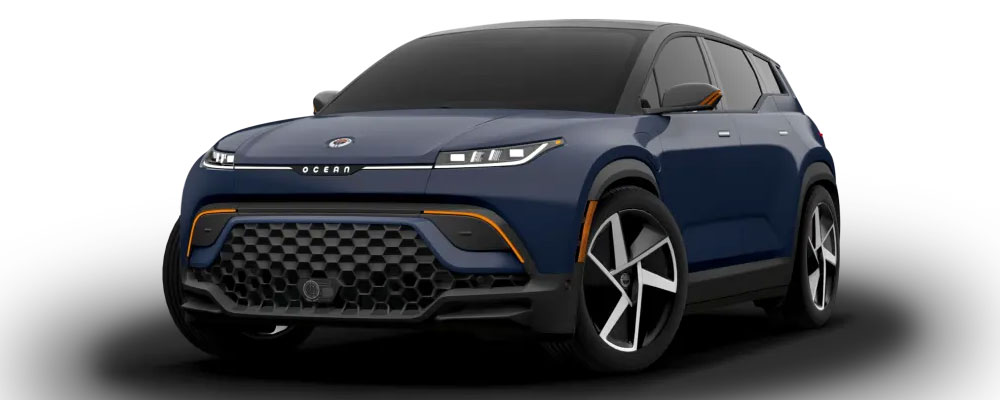
A couple of weeks ago, I wrecked my electric Jaguar I-Pace, nearly killing myself and breaking my back– which, trust me, hasn’t been a ton of fun.
That event put me in the market for a new electric car, so I went looking for the best match for price, performance, appearance, and technology advancement. I ended up with the Fisker Ocean, a reasonably priced electric car created by Henrik Fisker, who designed some of the most beautiful cars I’ve seen.
The Fisker Ocean Extreme, which is what I ordered, has a 360-mile range, a 3.7 second 0-60, which is about a second faster and with 100 miles more range than my I-Pace, and it is built in the same plant as my I-Pace, which has been the best car I’ve ever owned.
This Fisker has some fascinating features, like solar panels on the roof that provide up to 1,500 miles of travel a year. If you run out of power in some remote area, the car will eventually charge itself. There is a good chance that by the time I get my car, it will use the Tesla charging network natively — currently, you need to use an adapter.
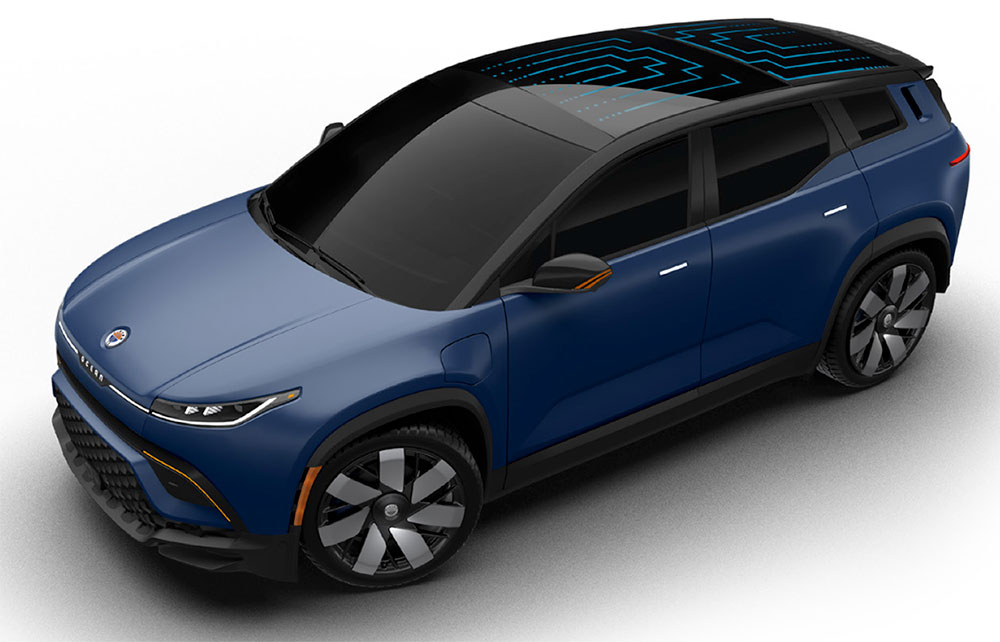
SolarSky roof on the Fisker Ocean One
It also has some fun features, like a deployable table for a laptop or to eat on — one for the driver and another for the passenger — a power-pivoting central screen, and California mode, which opens all the windows, including the dog window in back, and sunroof. We have three dogs, and one of them would love that dog window.
The Fisker Ocean doesn’t have air suspension, which I’ll miss, but it appears to have stronger accident-avoidance technology than my Jaguar did (which failed during my accident), and it resembles one of the newer Range Rovers, which is not bad-looking at all.
My wife and I are already fighting over who will be the primary driver of the new car, though I’m already missing my poor Jaguar I-Pace.
For now, based on my research, the Fisker Ocean is the best electric SUV you can buy for under $100,000. I put my money where my mouth is, so it’s my Product of the Week.
Editor’s Note: The Fisker Ocean images featured in this article are credited to Fisker.

